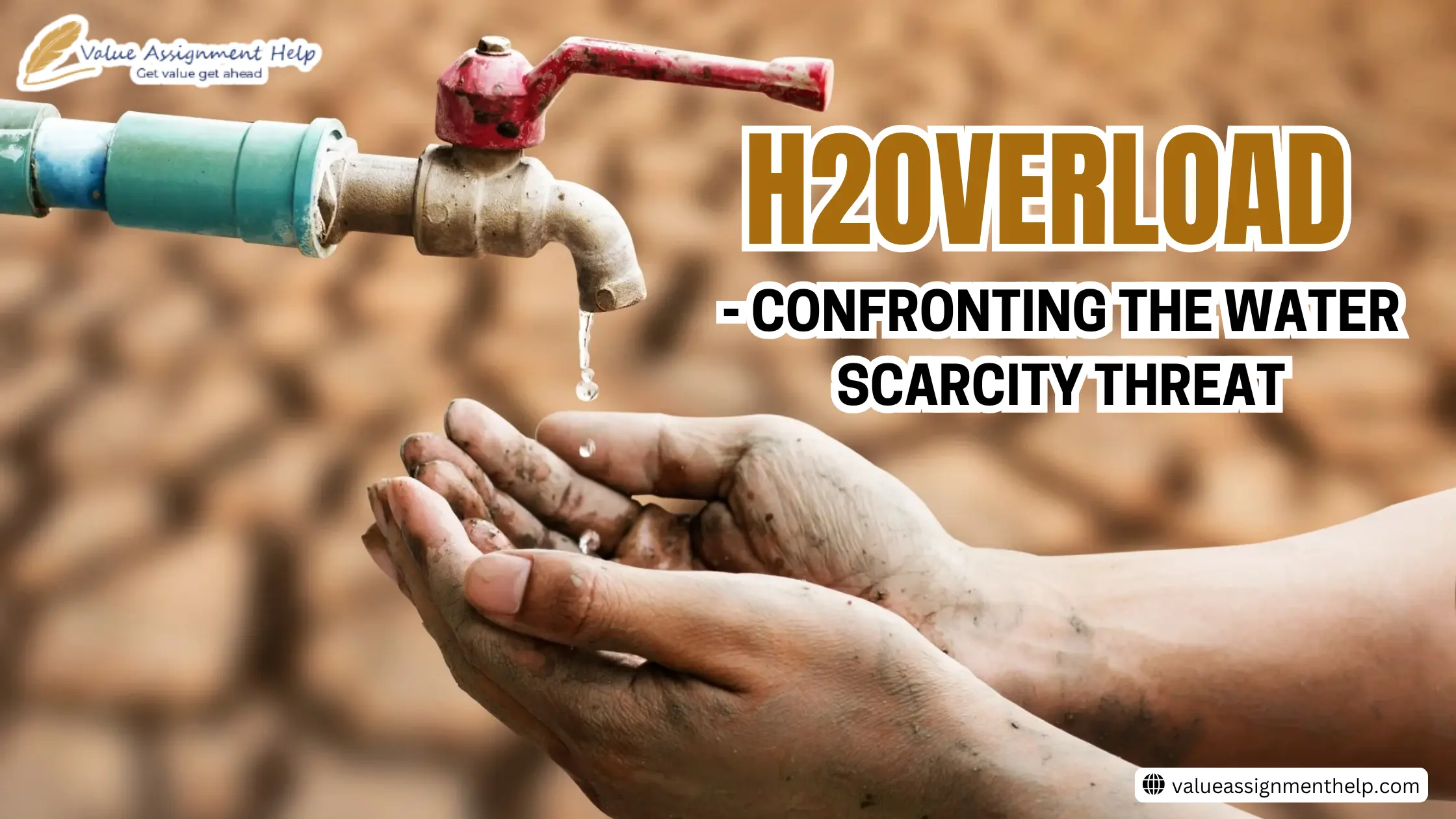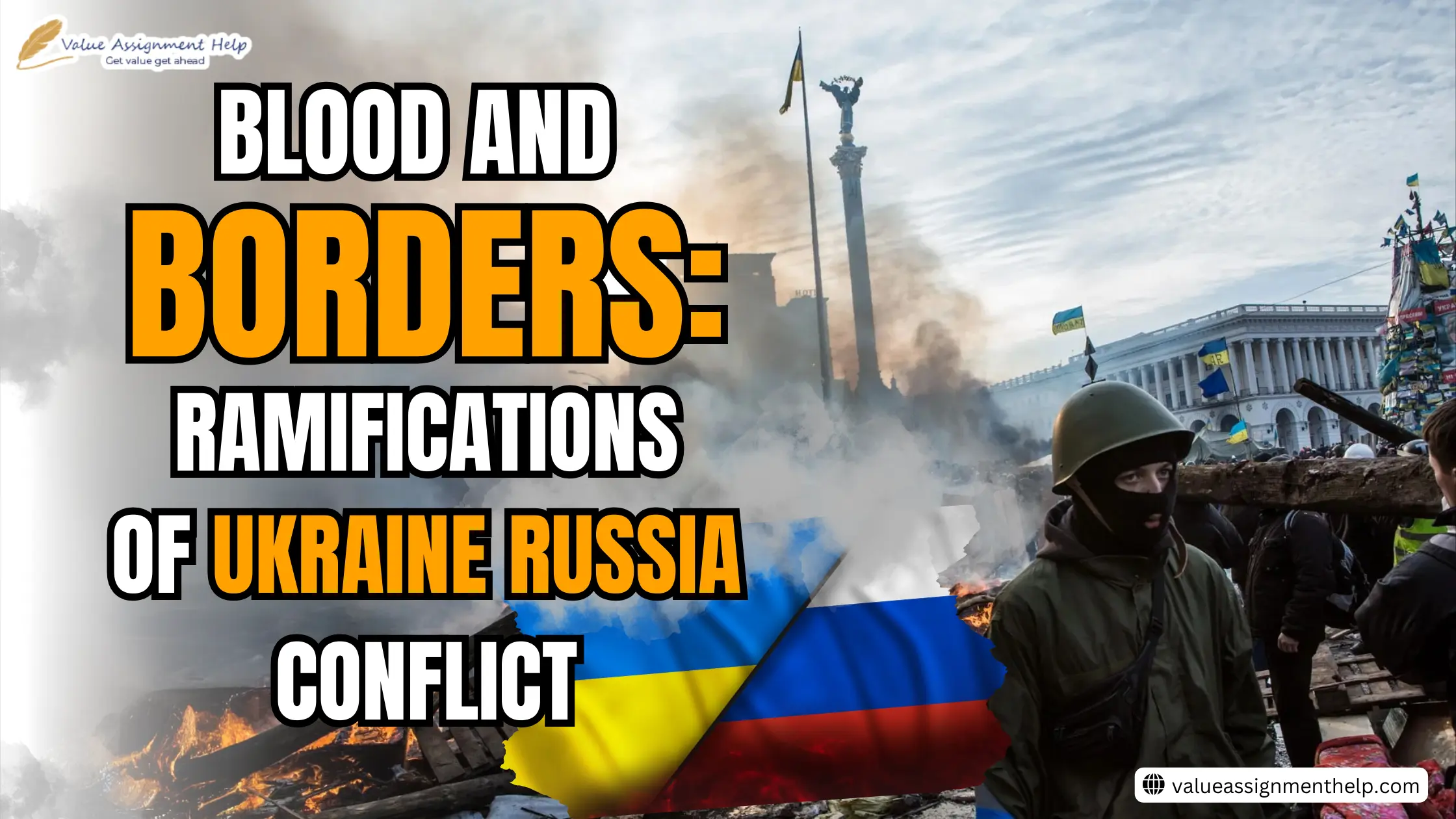Assignment
Achievement
Hire Experts
Reviews
Free Services
Grades
Offers
Order Now
50,000+
Orders Delivered
4.9/5.0
Star Rating
4000+
PhD Experts
24 x 7
Query Resolution
100 +
Subjects Catered
Our Experts
Reviews
Free Assignment Services
☞Title Pages - 100 Words
$05.00 free
☞Downloading Free Guide
$20.00 free
☞Upload Completed Tasks
$20.00 free
☞Genuine Content Report
$20.00 free
☞Consultation By Experts
$06.00 free
☞Unrestricted Revisions
$10.00 free
☞Grammar Check for Task
$25.00 free
☞Plagiarism Inspections
$25.00 free
Book Now and get Free Services Upto $0.00
Grades
Offers

1. PLACE YOUR ORDER
Whenever you fill out their order form, please read it carefully and then fill it out.

2. MAKE PAYMENT
Choose our secure payment method to pay for your order and collect your order from us with security.

3. GET YOUR DOCUMENT
Our writers write you plagiarism-free assignments and provide them to you before the deadline.
Our Experts

Search Assignments

Customers Reviews
As the sun rises on January 26th, the streets of New Delhi come alive with the vibrant colours and sounds of India's grandest spectacle - the Republic Day parade. The parade is a mesmerizing blend of military might, cultural diversity and patriotic fervour. Imagine a sea of people dressed in traditional attire, representing the country's diversity, floats showcasing the rich cultural heritage of different states, and the national anthem filling the air as the President of India unfurls the national flag. The parade is a true reflection of India's unity in diversity.

This year, the republic day celebration will mark the largest drone show in India, a military tattoo and a tribal dance festival. The chief guest for this year is Egypt's President Abdel Fattah El-Sisi.
So, let's march together and discover a few exciting facts about India's Republic Day parade.
( We assist in all online assignments for all subjects )
The Republic Day parade began as a modest celebration in the early years of India's republic in 1950. The parade has undergone a metamorphosis over the years, adapting to the nation's changing times and aspirations.
In the aftermath of India's independence, the new nation was still finding its footing, and the parade was primarily a display of military might and patriotic fervour.
After independence in 1947, the parade did not happen for the first four years and only occurred in 1950 (Image). It is also interesting to note that the parade did not always occur in Kartavya Path; however, it was initially held in Irwin Amphitheater (now Major Dhyan Chand Stadium).
It was a way to honour the sacrifices made by the country's leaders and citizens in the struggle for freedom. But as the nation progressed, the parade began to evolve. It began to include floats representing the various states and cultural groups, folk artists, and school children.
This year, the Indian army will display only made-in-India weapons in the military parade. This will include K-9 Vajra howitzers, MBT Arjun, Nag anti-tank guided missiles, BrahMos supersonic cruise missiles, Akash air defence missiles (image) and the Quick Reaction Fighting Vehicles.
Apart from that, the 21-gun salute this year will feature 150mm Indian Field guns, replacing 25-pounder guns used in WWII.
No VVIP, the front rows for workers:
This year, the government honours the support of central vista workers in nation-building. This is the first time that VVIPs will not occupy front seats near the road; instead will be reserved for the most significant servers in the community: front-line workers, sweepers, rickshaw pullers, vegetable vendors and just ordinary people like us! They will be seated in the front row.
Biggest drone show in the country:
This year’s republic day celebrations are marking many firsts. For the first time, 3500 drones will fill the night sky with meticulously crafted forms of national figures and events. The evening show will mark its beginning on the eve of January 29th over Raisina Hill, Delhi.
Last year, a total of 1000 drones hovered over Vijay Chowk. The beautiful drone creations from last year have set the benchmark higher this year. (Image: 2022 drone show over Vijay Path)
The debut of Agniveers:
Republic day 2023 celebration will debut engineers for the first time in the history of the republic day parade. Along with them, this year will also feature an Egyptian military contingent.
The UK is the most invited chief guest to the parade:
As difficult as it may sound to digest, the United Kingdom has been invited the most, notably, six times as the chief guest in the republic day parade. These are in the year 1956 (Chancellor of the Exchequer R. A. Butler), 1959 (Duke of Edinburgh Prince Philip), 1961 (Queen Elizabeth II), 1964 (Chief of Defense Staff Lord Louis Mountbatten), 1993 (Prime Minister John Major) and in 2021 (Prime Minister Borris Johnson), but Johnson had to cancel his visit. (Image: Pandit Jawahar Lal Nehru with Queen Elizabeth II, 1961 republic day parade).
Second on the list is France, which has received five invitations by far in the years 1976, 1980, 1998, 2008 and 2016.
The largest parade:
In terms of scale, the Republic Day parade in India is one of the largest parades of its kind in the world, with thousands of participants and spectators. It is a three-hour-affair and is telecasted live across the country and the world. The parade is also a showcase of India's military might and technological advancements, with various military hardware and equipment being displayed.
600+ hours of work, Preparation began in July of the previous year:
The Preparation for the parade began as early as July of the previous year. The various floats, performances, and contingents participating in the parade represent different regions, religions, and cultural groups. Still, they come together to form a cohesive whole and are given official information. By the time of the final parade at Kartavya Path, performers have already put in 600+ hours of practice to excel in the parade.
The first proper parade:
Even though the parade started in 1950 to mark the completion of the Indian constitution making, the first “proper parade” was held in the year 1955 in Kartavya Path, when the Governor General of Pakistan, malik Gulam Mohammad, was cal as the chief guest. It was the first of only two times that Pakistani dignitaries were invited to the parade.
Camel mounted Border security forces: one of a kind in the world:
One of the unique sites during the parade is the marching of BSF officers on camels, marked by the only camel-mounted military force of Rajasthan in the world.
Additionally, this year, for the first time in the country’s history, the Rajasthan Fortier of BSF has prepared an entire camel-mounted military squad to be led by only women. The squad will comprise 20 female personnel.
The dog squad:
Talking about camels in squads, another most-loved animal is also accompanied in the parade- the dog.
With their sleek and powerful physiques, the dog squad, which is made up of highly trained canines, typically includes breeds such as German Shepherds and Labradors, although rare, but puts on a spectacular display of drills and manoeuvres during the parade.
The Indian army trains these four-legged soldiers and other security forces to excel in various roles, such as search and rescue, sniffing out explosives, and providing security at high-profile events. The squad marched down the parade in 1963 for the first time and then in 1990. After that, the next time the dog squad marched was in 2016, and since then, we are still waiting for the next cute march of dogs.
Tableaux:
The awards for best tableaux:
The rehearsed performances are judged and awarded. Up till now, Maharashtra state has bagged the award for best tableaux for the most number of times, followed by Goa.
French military forces march in parade:
It was in 2016 when any foreign military forces marched down the roads of Kartavya Path for the first time since the beginning of the parade in 1950. The French Army band and former President of France Francois Hollande as chief guest of the event, also accompanied the French military's 35th Infantry Regiment of the 7th Armoured Brigade.
The viewership:
As the parade marches through the streets of the national capital, it is witnessed by the people present there and the citizens across the country and the world through the media.
In 2022, 2.6 Cr people watched the parade on DD national’s YouTube channel, and 2.3 Cr people viewed the televised show.
The expenditure:
As per RTI, the total expenditure of the parade in the year 2014 was 320 Crore.
The concluding words:
In conclusion, the parade on Republic Day in India is not just a display of military might and patriotic fervour; it is a celebration of the country's diversity and cultural richness and a symbol of national unity and integration. It is a reminder of the country's rich cultural heritage, its struggle for freedom and the sacrifices made by its leaders and citizens. As the nation continues to evolve and progress, the parade adapts to reflect the changing times and aspirations. Still, its message remains the same: India is one nation united by a common culture and history.
(Value assignment help is the best affordable assignment help for all kinds of assignments assistance 24*7)




No Comments